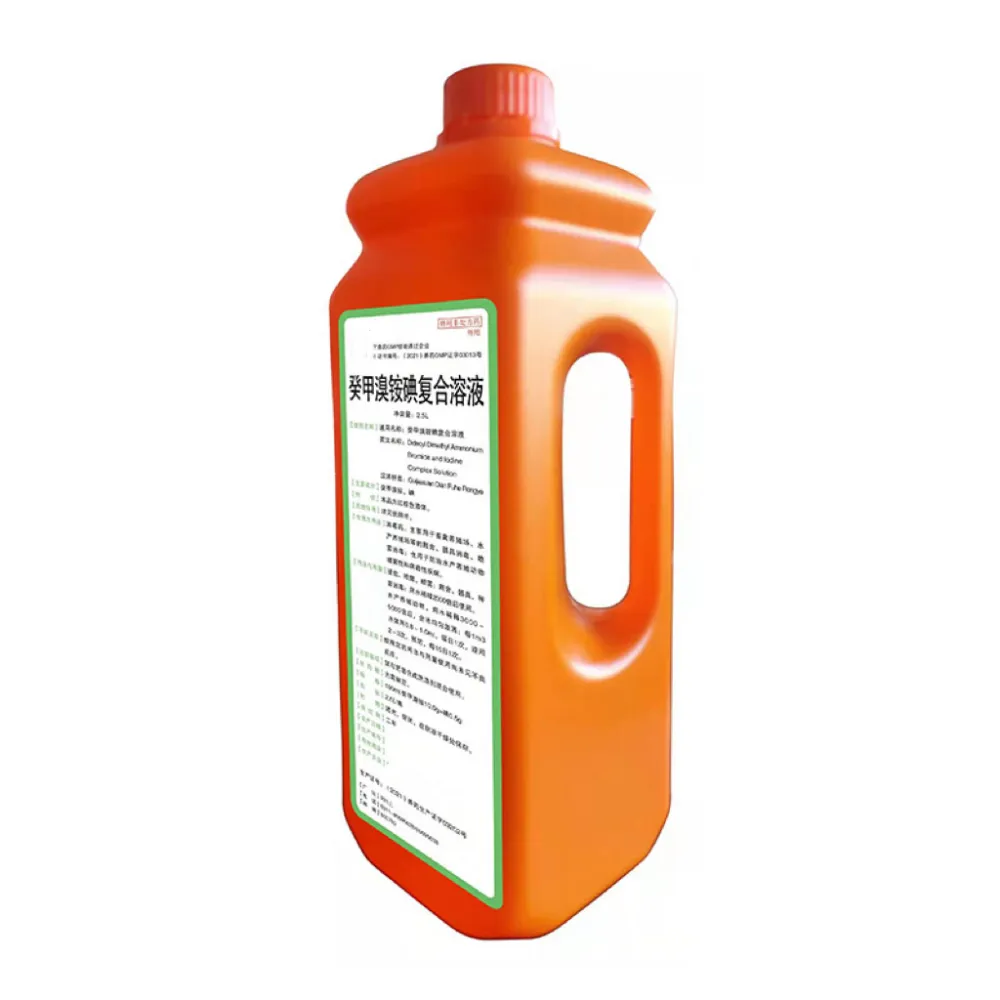- Afrikaans
- Albanian
- Amharic
- Arabic
- Armenian
- Azerbaijani
- Basque
- Belarusian
- Bengali
- Bosnian
- Bulgarian
- Catalan
- Cebuano
- Corsican
- Croatian
- Czech
- Danish
- Dutch
- English
- Esperanto
- Estonian
- Finnish
- French
- Frisian
- Galician
- Georgian
- German
- Greek
- Gujarati
- Haitian Creole
- hausa
- hawaiian
- Hebrew
- Hindi
- Miao
- Hungarian
- Icelandic
- igbo
- Indonesian
- irish
- Italian
- Japanese
- Javanese
- Kannada
- kazakh
- Khmer
- Rwandese
- Korean
- Kurdish
- Kyrgyz
- Lao
- Latin
- Latvian
- Lithuanian
- Luxembourgish
- Macedonian
- Malgashi
- Malay
- Malayalam
- Maltese
- Maori
- Marathi
- Mongolian
- Myanmar
- Nepali
- Norwegian
- Norwegian
- Occitan
- Pashto
- Persian
- Polish
- Portuguese
- Punjabi
- Romanian
- Russian
- Samoan
- Scottish Gaelic
- Serbian
- Sesotho
- Shona
- Sindhi
- Sinhala
- Slovak
- Slovenian
- Somali
- Spanish
- Sundanese
- Swahili
- Swedish
- Tagalog
- Tajik
- Tamil
- Tatar
- Telugu
- Thai
- Turkish
- Turkmen
- Ukrainian
- Urdu
- Uighur
- Uzbek
- Vietnamese
- Welsh
- Bantu
- Yiddish
- Yoruba
- Zulu
Νοέ . 13, 2024 07:41 Back to list
lincomycin powder
Lincomycin Powder An Overview
Lincomycin is a potent antibiotic that has been widely used in the treatment of various bacterial infections. Derived from the bacterium *Streptomyces lincolnensis*, this antibiotic has garnered attention for its efficacy against anaerobic bacteria and certain strains of aerobic Gram-positive bacteria. The powdered form of lincomycin allows for versatile applications in both human and veterinary medicine.
Mechanism of Action
Lincomycin works by inhibiting protein synthesis in bacteria. It binds to the 50S subunit of the bacterial ribosome, obstructing the ability of the ribosome to form peptide bonds during translation, which is critical for producing proteins necessary for bacterial growth and reproduction. This mechanism makes lincomycin particularly effective against organisms such as *Staphylococcus aureus*, *Streptococcus pneumoniae*, and *Clostridium perfringens*, among others.
Formulation and Administration
Lincomycin is typically available in both injectable and powdered formulations. The powdered form can be reconstituted for oral administration or for intravenous injection, depending on the clinical needs and the severity of the infection. This flexibility allows healthcare providers to tailor treatment regimens to individual patients. For human applications, lincomycin is often prescribed when patients exhibit contraindications to penicillin or when infections are resistant to other types of antibiotics.
Uses in Human Medicine
Lincomycin is primarily utilized to treat serious infections caused by anaerobic bacteria and specific strains of Gram-positive bacteria. In particular, it is useful for treating conditions such as osteomyelitis, respiratory tract infections, and skin and soft tissue infections. Its ability to penetrate various tissues, including bone, makes it a suitable choice for treating infections that are difficult to reach with other antibiotics.
lincomycin powder

Veterinary Applications
Beyond human medicine, lincomycin plays a significant role in veterinary applications. It is commonly used to treat infections in livestock and pets. The powdered formulation can be mixed with feed or water to ensure that animals receive the proper dosage. It is especially valued for its effectiveness against bacterial infections in pigs, cattle, and poultry, where it helps support the health of livestock and contributes to the prevention of disease outbreaks in herds and flocks.
Side Effects and Considerations
While lincomycin has proven effective, it is not devoid of side effects. Common adverse reactions include gastrointestinal disturbances such as diarrhea, nausea, and vomiting. More severe reactions can include antibiotic-associated colitis due to Clostridium difficile overgrowth. Therefore, it is essential for healthcare providers to monitor patients closely and educate them about potential side effects and signs of complications.
In addition, the development of antibiotic resistance is a significant concern. Misuse or overuse of lincomycin can lead to resistant strains of bacteria, making it imperative that the drug be used judiciously and in accordance with antimicrobial stewardship principles.
Conclusion
Lincomycin powder is a valuable antibiotic that continues to play an essential role in the management of bacterial infections in both humans and animals. Its unique mechanism of action, coupled with its broad spectrum of activity, makes it a formidable tool in the fight against antibiotic-resistant infections. As with any antibiotic, responsible usage is paramount to maintaining its effectiveness and ensuring the health of patients and livestock alike.
-
Guide to Oxytetracycline Injection
NewsMar.27,2025
-
Guide to Colistin Sulphate
NewsMar.27,2025
-
Gentamicin Sulfate: Uses, Price, And Key Information
NewsMar.27,2025
-
Enrofloxacin Injection: Uses, Price, And Supplier Information
NewsMar.27,2025
-
Dexamethasone Sodium Phosphate Injection: Uses, Price, And Key Information
NewsMar.27,2025
-
Albendazole Tablet: Uses, Dosage, Cost, And Key Information
NewsMar.27,2025













